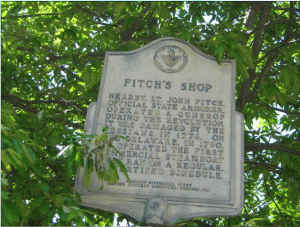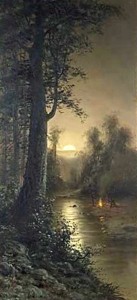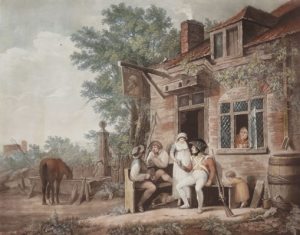A few days ago I wrote about all the strange emotions I felt when I saw the first photo of my mother as a child. I showed the picture before, but I’ll show it here again.
 After editing the photo to remove some of the shadow and enlarging the portion where my mother is visible I was overwhelmed with feeling. I felt the thrill of discovery because after resigning myself years ago to never seeing an image of her as anything younger than 22 or 23, I found her in the shadows of a photo of my Aunt Ola I’ve had all along. I felt joy that I finally knew what she looked like. Disappointment that she was veiled in shadow and I could barely make out her features. Confirmation that she was the same brunette beauty I’d seen in later photos of her. Delight that she looked like a happy, spunky little girl. And a twinge of shame at seeing her in a smudged and ill-fitting dress. I tried hard to fight off that feeling, but there it was. It overtook me before my rational side could jump in and block it. So I can toss in the feeling of disappointment at myself for that rush to judgement.
After editing the photo to remove some of the shadow and enlarging the portion where my mother is visible I was overwhelmed with feeling. I felt the thrill of discovery because after resigning myself years ago to never seeing an image of her as anything younger than 22 or 23, I found her in the shadows of a photo of my Aunt Ola I’ve had all along. I felt joy that I finally knew what she looked like. Disappointment that she was veiled in shadow and I could barely make out her features. Confirmation that she was the same brunette beauty I’d seen in later photos of her. Delight that she looked like a happy, spunky little girl. And a twinge of shame at seeing her in a smudged and ill-fitting dress. I tried hard to fight off that feeling, but there it was. It overtook me before my rational side could jump in and block it. So I can toss in the feeling of disappointment at myself for that rush to judgement.
The shame went against everything I thought I knew about myself, that I observe objectively and do not judge irrationally or without considering varied facts. (I infuriate friends for refusing to take sides.) But the dirty dress went against everything I thought I knew about my mother’s family. Would I have to rethink it all?
I’ve always heard about the clockwork routine they lived to. The chores her parents expected the kids to do every morning. The hearty and complete meals that were laid out three times a day for this farm family of 12. Wash day was every Monday and ironing every Tuesday. Her mother did all that, but each Saturday the whole family pitched in around the farm. My mother’s job was to clean the upstairs. Every Saturday she scrubbed the floors, washed the basins and windows, dusted, and tidied up. Her little sister had the job of cleaning the downstairs, but since she was three years younger her mother helped her. Then Sundays were for church and a big supper, the table laden with roast chicken, macaroni and cheese, green beans or peas, rolls, and if they were lucky, a berry pie or coconut cake.
Such disciplined routine typically means a clean and orderly household. The oldest child, my Aunt Ola, 13 years my mother’s elder, was fastidious to the point of obsession. No dirt dared enter her spotless house. And no grime dared step foot on her property. I wouldn’t be surprised to hear she washed the tire treads of her car after every trip to the store. Yet there was my mother in a photo of Ola and her tidy baby boy, with my mother looking like Pigpen from the Charley Brown cartoons. Of course, it’s easy for me to justify the way she looks in the photo. Maybe it’s Saturday and she just finished washing the floors. Maybe it’s a warm spring day and she’s been hoeing rows with her mother in the garden. Or a hot summer day and she’s been playing hide and seek with her Comer cousins down at the bend. Or she’s just back from the swimming hole. The kids swam clothes and all, and this would be a perfect swim dress.
It’s easy to justify a kid being dirty. But they’re not usually photographed that way. If we know a photographer will be present we dress our children to reflect well on ourselves. And if a photo turns out less than flattering we tear it up. It’s a small manipulation of reality that helps us shape the image we want to show to the world. We take photos. We look at them and sort them, throwing out the bad ones, keeping the good ones, and choosing the great ones to display in frames. Or these days, as our home screens or screen savers. That is acceptable and normal behavior. All good, right?
Yet here I am with the only photo of my mother being one I bet her mother would not have wanted to last 84 years, as it has so far. As the only photo I have of her, I love it. And that pretty face and hair I recognize? I adore it. Pulling wider to show her leaning into the photo from over the porch rail? It makes me smile to see this joyous, impish girl who so wants to charm the camera. Even the composition of the photo is great, all angles and squares with the porch posts, house siding, chair back spindles, window frame, and my mother’s checked dress. Quite artistic. These things make me happy. Then I zero in on the dress and suddenly my emotions become very mixed. I don’t like the sour shame that creeps into my warm soup of emotions. Again, it’s easy to justify a dirty kid. But photos worthy of display can’t come with attached captions that explain the circumstances.
I sent the photo to a photo restorer and got back an improved version where some of the shadows were removed from my mother’s face and dress. It was now slightly improved, but still nothing I considered mantle-worthy. Here’s the cleaned-up version:
 Her mother, my grandmother, would not want to display the photo. Aunt Ola wouldn’t either. And my mother would certainly have thrown it away. But it’s the only one I have.
Her mother, my grandmother, would not want to display the photo. Aunt Ola wouldn’t either. And my mother would certainly have thrown it away. But it’s the only one I have.
Should I display the photo?


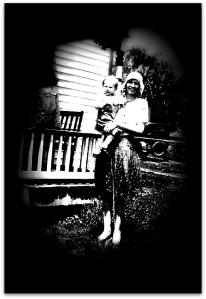



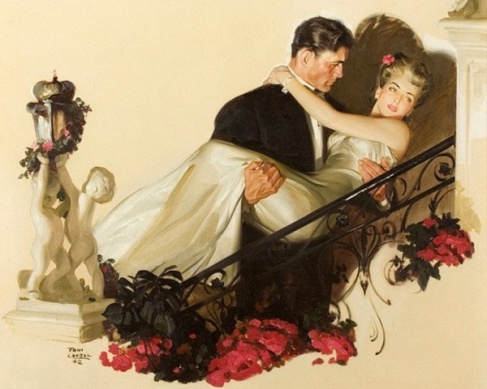
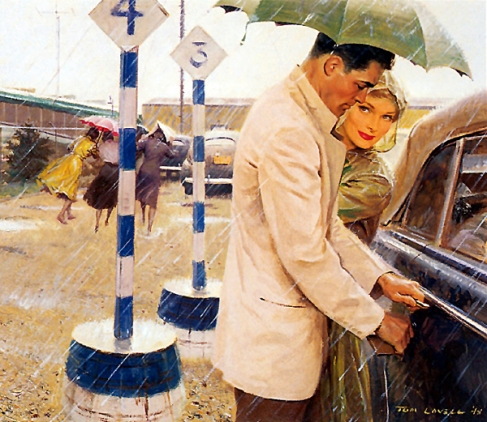





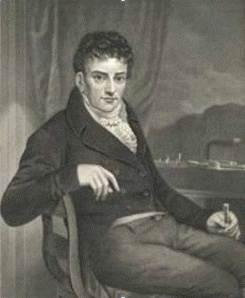 When we last saw my distant ancestor John Fitch he had just buried his gold and silver on Charles Garrison’s farm in the dead of night.
When we last saw my distant ancestor John Fitch he had just buried his gold and silver on Charles Garrison’s farm in the dead of night.